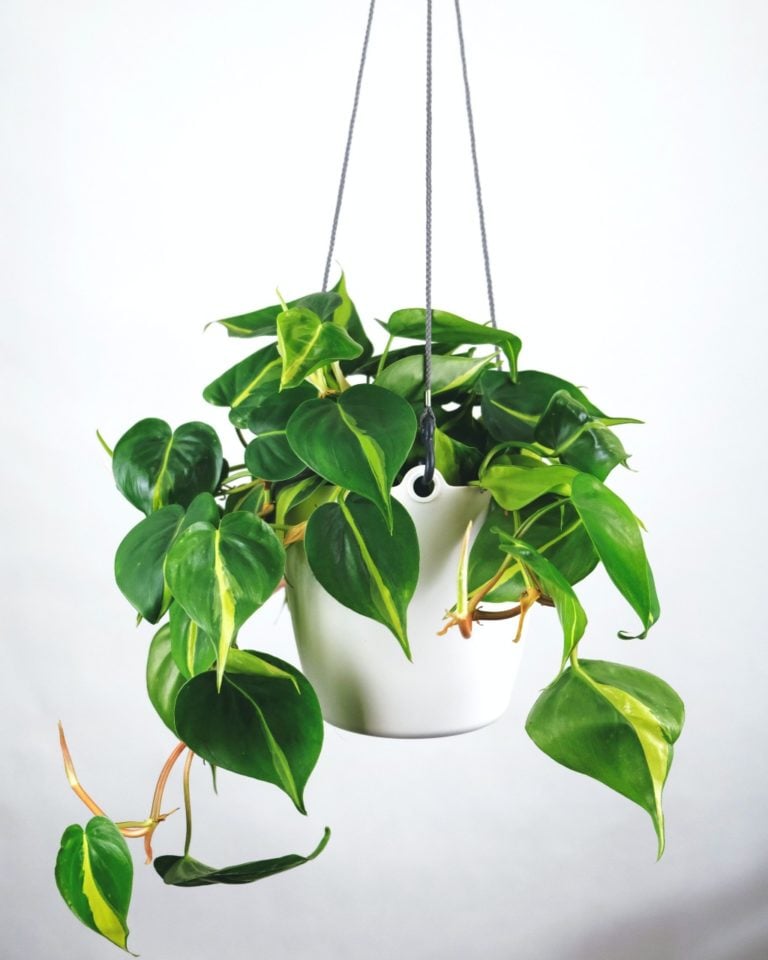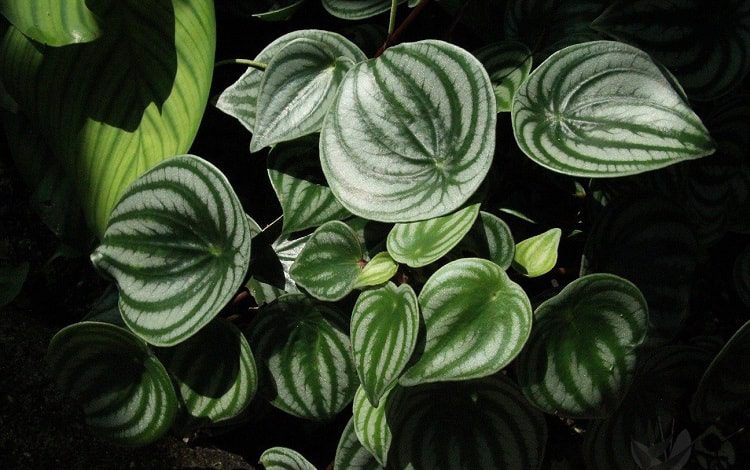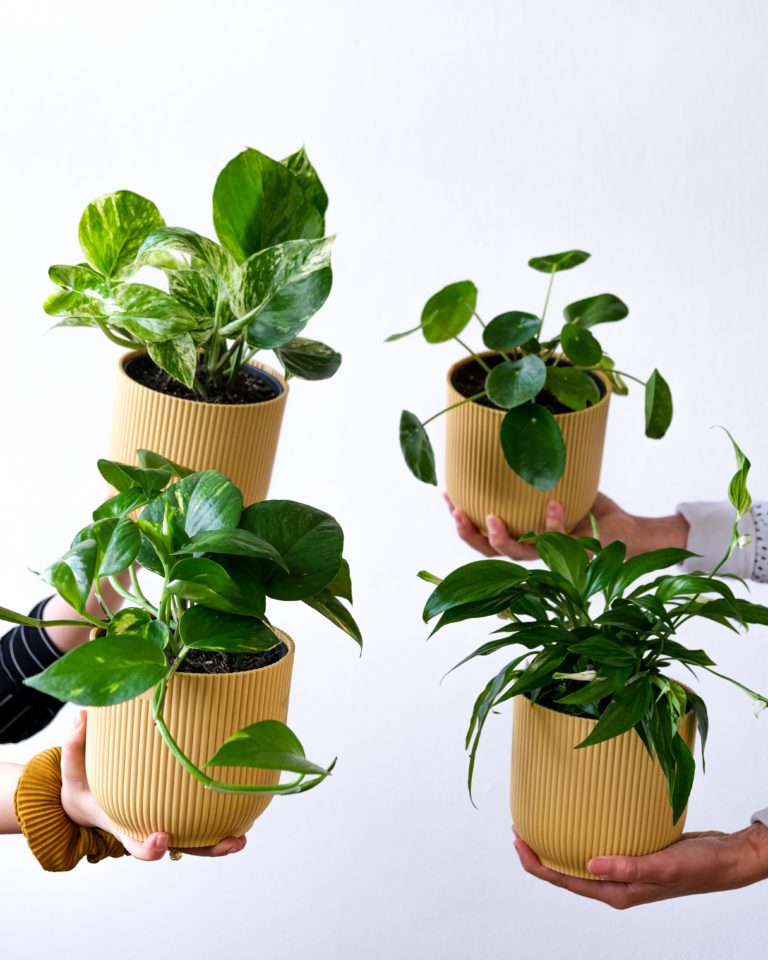Oxalis Triangularis: A Handy How-to Guide
Oxalis Triangularis is a lovely perennial plant that can be grown successfully either as a houseplant or as part of your garden landscape. The colorful foliage and flowers will be a welcome addition to any indoor or outdoor environment.
At an average height of about 10 to 12 inches, the Oxalis is a good choice as a groundcover in areas with temperatures between 60 and 70 degrees. Give your Oxais plenty of light, and keep the soil moist for a happy, bushy plant.
What to Know About Oxalis Triangularis
Oxalis Triangularis, a deciduous plant commonly known as False Shamrock, Purple Shamrock or Wood Sorrel, is a species in the Oxalidacease family. It comes in two varieties: the Oxalis Regnellii which has green leaves with small, white, trumpet shaped flowers, and the other, referred to as Purple Shamrock which has purple leaves and small white or pink blossoms.
Native to Brazil, but now grown in many parts of the world, the False Shamrock is typically grown as a houseplant. It can be grown outdoors successfully in frost-free zones. According to House Plant Expert, the Oxalis will be happiest in temperatures between 60ºF and 70ºF. No higher than 75º seems to be the ideal temperature during the day and no lower than 55º during the night.
In a process known as photonasty, the leaves of the Oxalis move in response to light, opening during the day and closing at night or in low levels of light. It has often been said that when the leaves are closed, they resemble butterflies fluttering on slender stems.
As stated by Dr. James A. Duke in the Handbook of Edible Weeds, another interesting aspect of the Oxalis, or Wood Sorrel, is a wild plant you can eat; in fact, people have been eating them for thousands of years. But be aware that it can be toxic for pets and wildlife.
Typically, you will not see many pests on your Oxalis. Before bringing into the home, check the underside of leaves for signs of aphids, spider mites and other bugs and you should be fine. If you do end up with an infestation that doesn´t respond to treatment, simply wait until the plant goes dormant. Remove all of the leaf litter and the bugs should be gone.
To learn more about Oxalis, take a look at this short YouTube video. You’ll find the Purple Shamrock plant to be an interesting species.
How to Start Your Oxalis Off Right
Oxalis Triangularis are plants that grow from bulbs. Propagation is usually easy and accomplished by division of the side-bulbs after a dormant period.
Divide the bulbs by separating the roots into smaller clump. When you pot them, make sure each one has its own container.
When growing Oxalis outdoors, you should find that it fares well in zones that correspond with U.S. Department of Agricultures zones 6 through 10. Plant the Oxalis with a 12 to 15 space between outdoor plants and one to 2 inches deep. Water the soil well and confirm good drainage. You’ll see blooms in about 8 weeks.
The Oxalis should spread rapidly when planted outdoors. This is great if you’re looking for a ground cover for a somewhat large area. However, some gardeners have found that the Oxalis can be rather invasive when used for landscape purposes.
To grow your Oxalis indoors, place up to 5 bulbs in an 8-10 inch pot to create a houseplant. Water the soil well, ensuring it drains well. You can expect to see blooms within 10 weeks.
Caring for Your Oxalis Triangularis
You will find it is simple to grow and maintain your Oxalis if you use the right proportions of sunlight and water. Pay attention to basic care instructions and tune in to the plant’s naturally occurring dormant periods.
Watering Needs
When watering your Oxalis, keep the soil a bit moist and allow the top inch or so of soil to dry out between watering. If your Oxalis is container grown, it is recommended you drain the water from the bottom of the pot after watering. Too much water or poor drainage can cause root rot.
Average room humidity should be fine for indoor Oxalis. An occasional light misting will be beneficial, especially if your indoor environment becomes less humid due to heating or other climate control.
Once your plant has become dormant, it is best to stop watering the plant for about one month. When you notice new growth, you can resume your normal schedule.
Lighting Needs
When grown indoors, too little light can cause your plant to become thin and weak. If grown inside, place the plant in a southern window if possible. If a southern exposure is not available, an eastern or western window can provide the light you need.
When grown outside, it is best to plant the Oxalis in an area that receives good sunshine throughout most of the day with partial shade occurring at some point during the day.
You can give your houseplant a boost by letting it spend time outdoors when the weather is good. The brighter the light source, the more colorful the foliage and blooms will be.
Soil and Food Requirements
Whether you will be growing your Oxalis as a houseplant or as a garden specimen, a well-drained soil is of the utmost importance. Oxalis will be happiest in a mild alkaline soil with a pH rating of 7.6 to 7.8.
To maintain the plants overall health, feed every two weeks while the plant is growing or blooming. Use a balanced liquid fertilizer that has been diluted by half with water. When plant growth or blooming stops, feed only every other month.
Pruning Your Oxalis Triangularis
When foliage looks withered and begins to die off, this is probably a sign your plant is entering a normal dormant phase. After the foliage turns brown, you can simply remove the dead leaves and wait for the next growing phase. This could be anywhere from 2 to 4 weeks. When you begin to see new growth, normal watering and feeding schedules can be resumed.
In the YouTube video above you’ll get a better understanding on how to divide your Oxalis. Be sure to always divide the plant at the end of its grow season.
You may also read our article about Hawaiian Ti plant.



